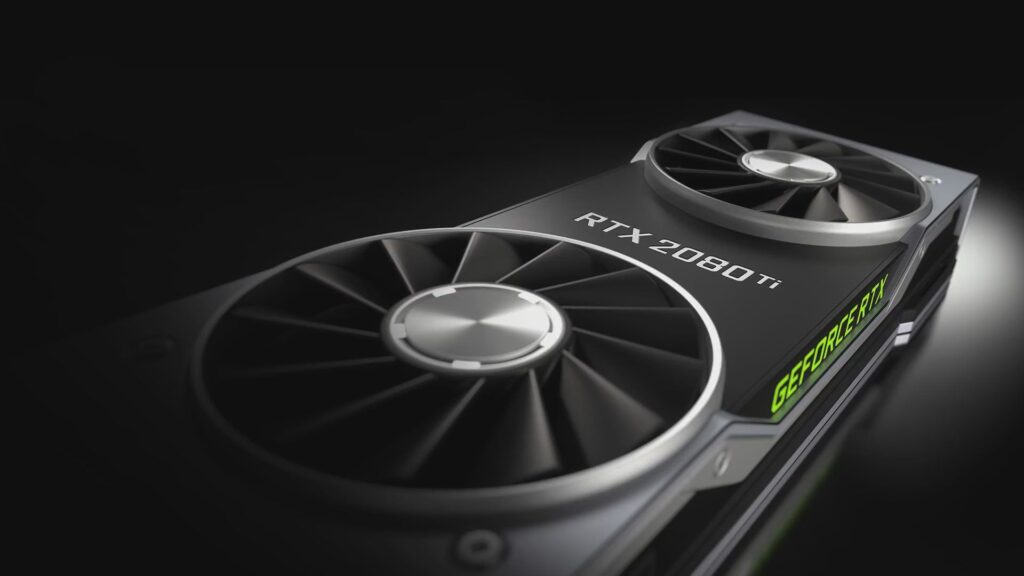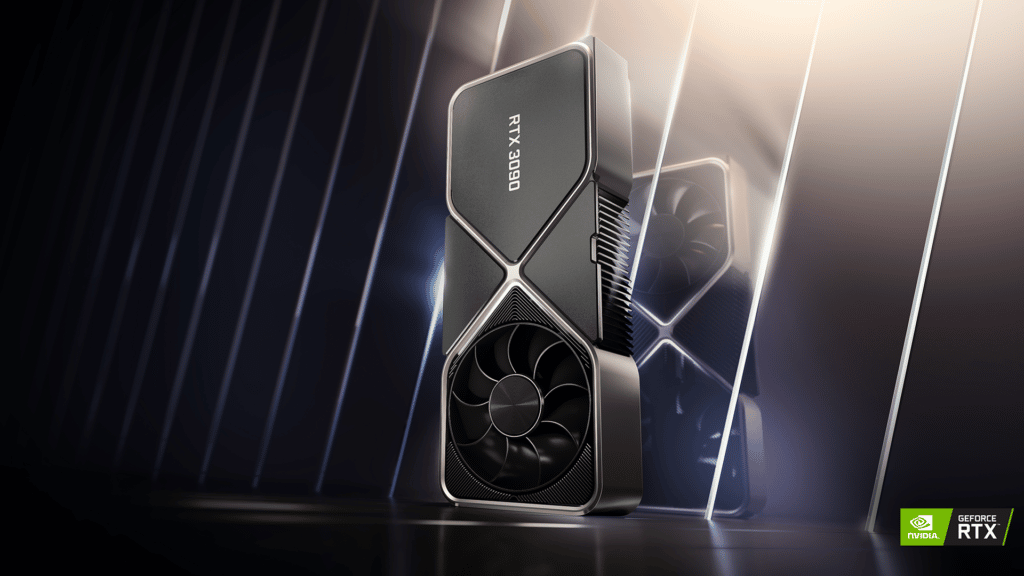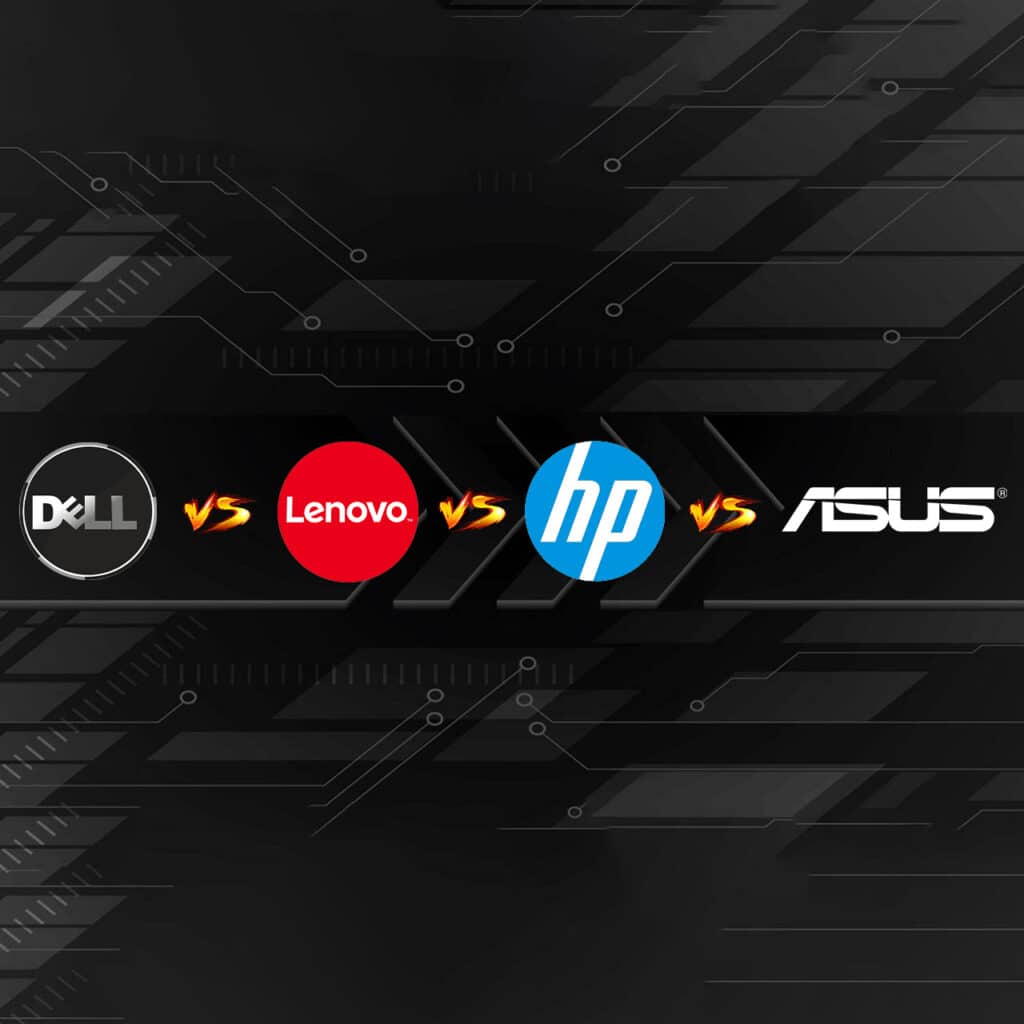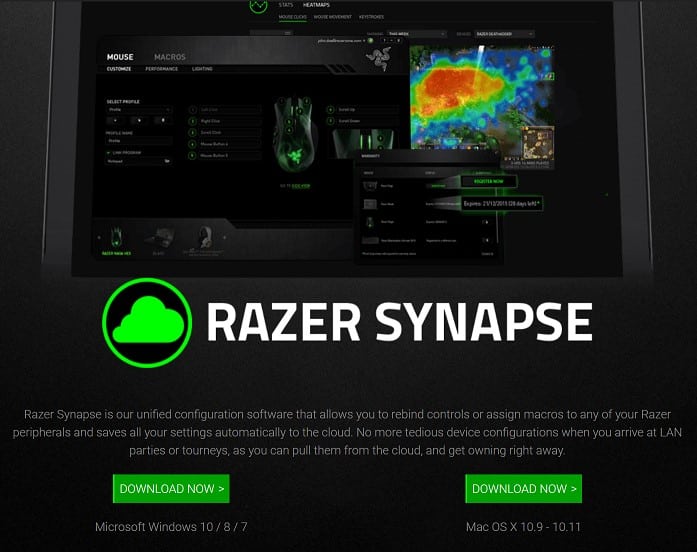When you purchase through links on our site, we may earn an affiliate commission. Learn more...
What Does “Ti” Mean in a GPU? | Is the Upgrade Worth it?

When you see an Nvidia GPU with the word “Ti” in it, it means that it’s a model that’s seen some improvements.
The first card to get a version like this was the GeForce 2 Ti which was introduced way back in October of 2001. However, the modern era of Ti GPUs started with the 500 series.
Key Takeaways
- Officially, “Ti” stands for Titanium and is used in the Nvidia GPU series just to indicate that the video card is better than its predecessor. They do not contain actual titanium, they contain tungsten which can withstand higher temperatures.
- Ti graphics cards tend to use more power and are more expensive, but they offer better performance and reliability. They achieve that by having extra memory, more Shader(CUDA) cores, and a performance increase of about 10%.
- The “SUPER” version may be a better value-for-money deal.
What does “Ti” mean in a GPU?
The acronym “Ti” means Titanium and it can be seen in the Nvidia GPU Series. It’s made for marketing purposes to show that the “Ti” video card is superior and more powerful than its predecessor in most aspects, alright?
So, it’s pretty much there to make more sales for the company so I wouldn’t make too much of it. Well-known examples of such cards are the RTX 3070 Ti and RTX 3080Ti.
Are Ti graphics cards worth buying?
Because they’re designed to have better performance, they tend to use more power than other kinds of GPUs. This can make them more expensive—but if you’re looking for more FPS and reliability, they can be worth it. Mostly anyway!
Some Ti video cards are worth buying while other models… not so much. This highly depends on the quality that they offer and their pricing. A good example is the RTX 3080Ti which costs almost double the price tag of its non-Ti version.
Is a “Ti” GPU made of Titanium?

While it’s true that the prefix “Ti” is commonly used for titanium in other contexts, such as when describing the metal’s chemical symbol, such graphics cards are not infused with actual Titanium.
Ti GPUs, in general, contain a material called tungsten. Remember this: Tungsten can handle way higher temperatures than titanium without getting wrecked.
That’s why it’s perfect for stuff like GPUs that get really hot. They’d never go with titanium for that.
What performance increase do “Ti” GPUs offer?
Ti GPUs offer better performance by having extra memory, more Shader(CUDA) cores, etc… For instance, the RTX 3080Ti offers 12GB of VRAM and 10240 CUDA cores compared to the 10GB and 8704 of the RTX 3080.
At the moment, the best performance increase you can get from a Ti GPU is about 10%. It’s significant to know that not every Ti card offers the same improvements, though. Some cards like the 3070 Ti are not that much better than their standard version.
Below you can see the differences between some of the most recent Ti GPUs versus their non-Ti versions:
| Specs | GTX 1080 | GTX 1080Ti |
|---|---|---|
| CUDA Cores | 2560 | 3584 |
| Boost Clock | 1.73 GHz | 1.58 GHz |
| Base Clock | 1.6 GHz | 1.48 GHz |
| VRAM | 8GB GDDR5 | 11GB GDDR5 |
| Memory Interface | 256-bit | 352-bit |
| Power Consumption | 180W | 250W |
| Specs | RTX 2080 | RTX 2080Ti |
|---|---|---|
| CUDA Cores | 2944 | 4352 |
| Boost Clock | 1.8 GHz | 1.64 GHz |
| Base Clock | 1.52 GHz | 1.35 GHz |
| VRAM | 8GB GDDR6 | 11GB GDDR6 |
| Memory Interface | 256-bit | 352-bit |
| Power Consumption | 215W | 250W |
| Specs | RTX 3070 | RTX 3070Ti |
|---|---|---|
| CUDA Cores | 5888 | 6144 |
| Boost Clock | 1.725 GHz | 1.77 GHz |
| Base Clock | 1.5 GHz | 1.575 GHz |
| VRAM | 8GB GDDR6 | 8GB GDDR6X |
| Memory Interface | 256-bit | 256-bit |
| Power Consumption | 220W | 290W |
| Specs | RTX 3080 | RTX 3080Ti |
|---|---|---|
| CUDA Cores | 8704 | 10240 |
| Boost Clock | 1.71 GHz | 1.67 GHz |
| Base Clock | 1.44 GHz | 1.37 GHz |
| VRAM | 10GB GDDR6 | 12GB GDDR6X |
| Memory Interface | 320-bit | 384-bit |
| Power Consumption | 320W | 350W |
Is Ti or SUPER version better?

Performance-wise, the “Ti” version is a cut above the “SUPER” variant. For example, the RTX 2080 SUPER has 8GB of VRAM instead of the 2080 Ti’s 11GB, which makes it somewhat slower.
Alongside the RTX 2080, the GeForce GTX 1660 is the only GPU available that comes in all three variations. And just like the former, it follows the same performance principle which goes like this: 1660 Ti > 1660 SUPER > 1660.
In general, the SUPER version, although a bit slower than the Ti, is frequently a better value-for-money deal.






